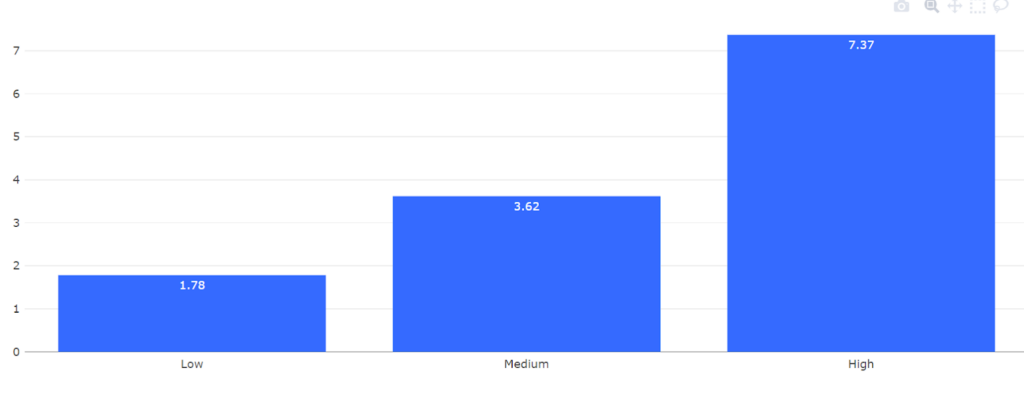
02 August 2023: By analysing over 8 billion data points annually, Switchee's team of data scientists, led by Ben Morris, have developed a new metric to effectively measure the performance of a property and its heating system.
These insights are game-changing. By using Switchee data in this way, landlords can more accurately and efficiently assess the true energy efficiency of their housing stock.
Time to Heat (TTH) is the time taken for a property to gain 1°C of internal air temperature, when the heating is turned on. An average home may have a TTH of 1.25 hours (to gain 1°C) whereas a really inefficient home might take 4 hours to gain that same 1°C.
It is a measure of the actual thermal performance of the property. It indicates the effectiveness of the heating system and suitability to the property in which it is installed, based on actual measured data.
A long time period to gain 1°C, is considered a high TTH and a short time period is considered a low TTH. The quicker it takes to gain 1°C, the better for the property.
Switchee has deep-dived into the data to highlight the importance of this insight to social housing providers. We have determined that there is an extremely wide gap between the heating performance of low, medium and high properties. (See fig 1.)
Some properties with a low TTH gain 1°C of heat in less than an hour, and others with a high TTH gain the same 1°C in 4 hours or more.
This highlights a significant performance difference in heating systems from the high to low properties, and the need to urgently implement measures to support the worst performing homes to improve their efficiency and reduce heating bills for residents. This data enables social housing providers to focus their resources on homes most in need of retrofit measures, and can subsequently provide a measure of how effective these measures have been.

A very high TTH may indicate a faulty heating system, a disconnected boiler or underperforming heat pump.
This means residents can be living in homes that are much colder, for longer, than they should be. Not only does this impact the well-being of the residents, but also the fabric of the property. Condensation, damp and mould is more likely, putting residents at risk of the associated health conditions, while the property could also fall into disrepair.
Ben Morris, Switchee Data Lead, explains the shocking findings:
Switchee data demonstrates a vast difference in heating time by those with a low TTH, when compared with a high TTH. The impact of this is that the worst performing properties, those with a high TTH, would need to heat their homes on average for 5 hours 35 minutes longer than those with a low (good) TTH. When we calculate this in monetary terms, the true cost to the resident would be an additional cost of £4,070* per year, on average, to heat their home. That is quite a scary figure.

While the above figures are shocking, having this data is vital to social housing providers. With limited funds and resources, accurate allocation of both is more critical than ever.
For Switchee customers, this information is readily available and our teams can support you to analyse the data. If you would like more information on Time to Heat metrics, contact our team today.
Download more information on Time to Heat here
*The worst properties have their heating on for an extra 5 hour 35 mins per day, this is an extra 2037 hours a year. If we assume a 20kw gas boiler this is 40,700 kWh over a year, using a 10p per kw tariff price this is £4,070

